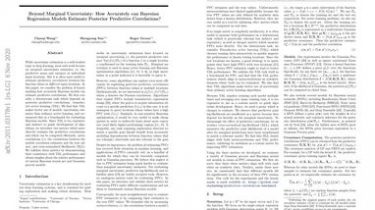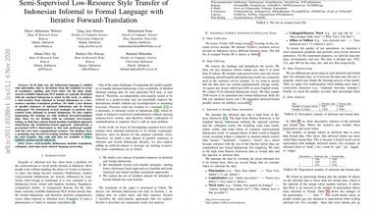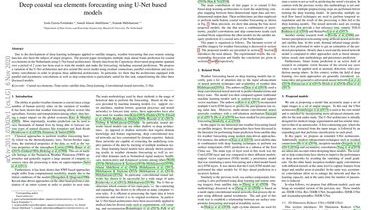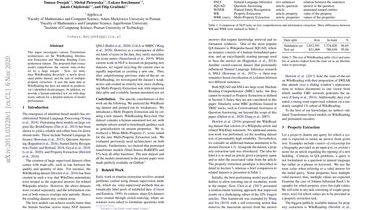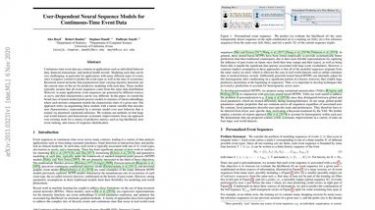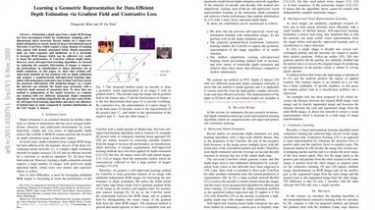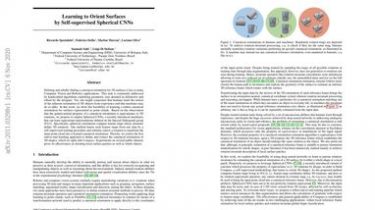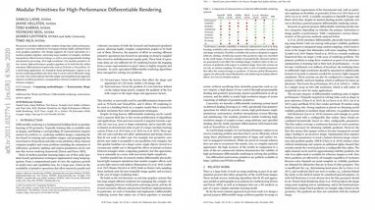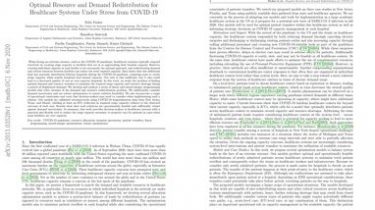The Ultimate Learning Path to Become a Data Scientist and Master Machine Learning in 2019
The Learning Path to Become a Data Scientist in 2020 is now live! Head over here to start your data science journey. Introduction Learning paths are immensely popular among our readers and with good reason! Learning paths take away the pain and confusion from the learning process. For those who don’t know what a learning path is – we take the pain of going through all the resources available on data science, machine learning and Artificial Intelligence, select the best […]
Read more
